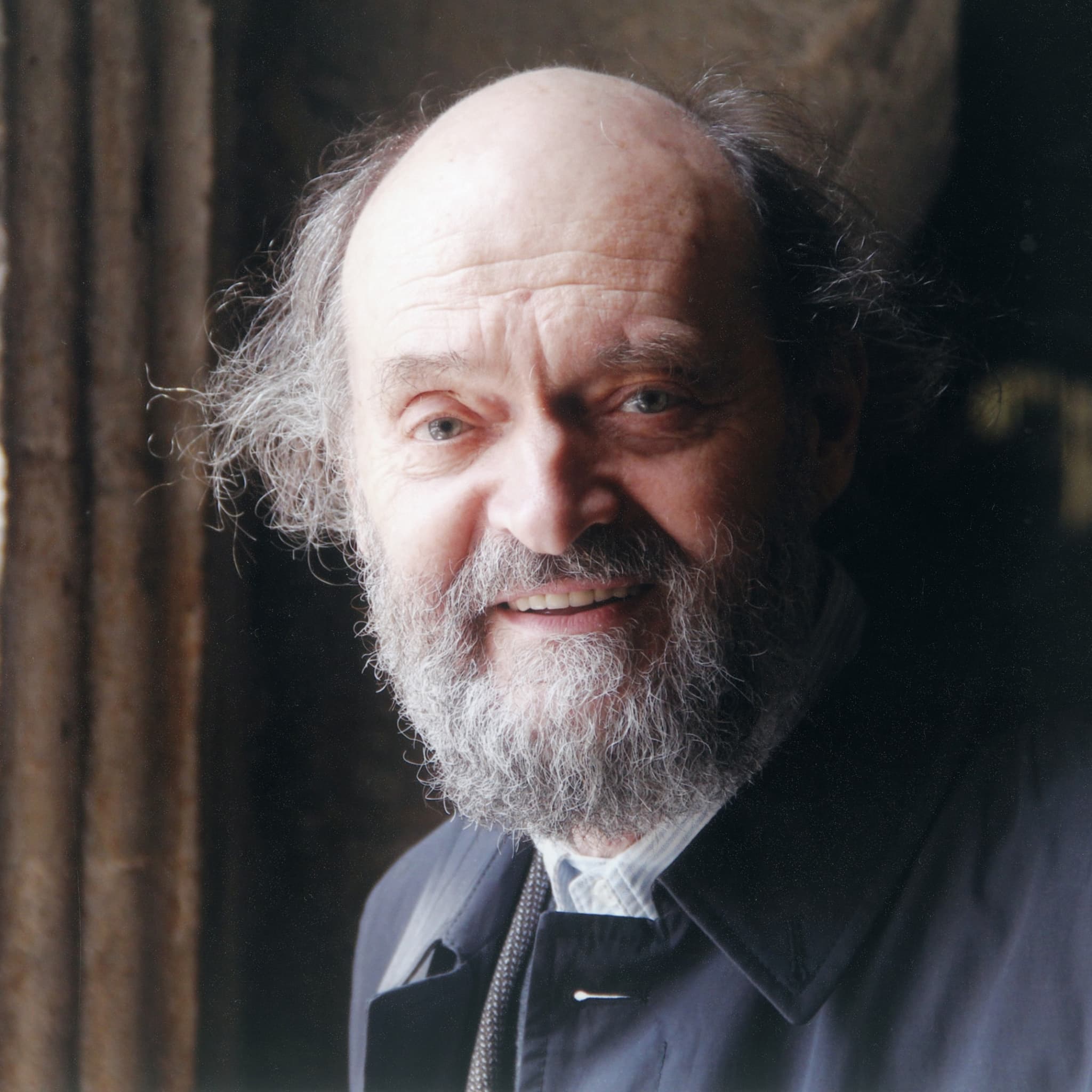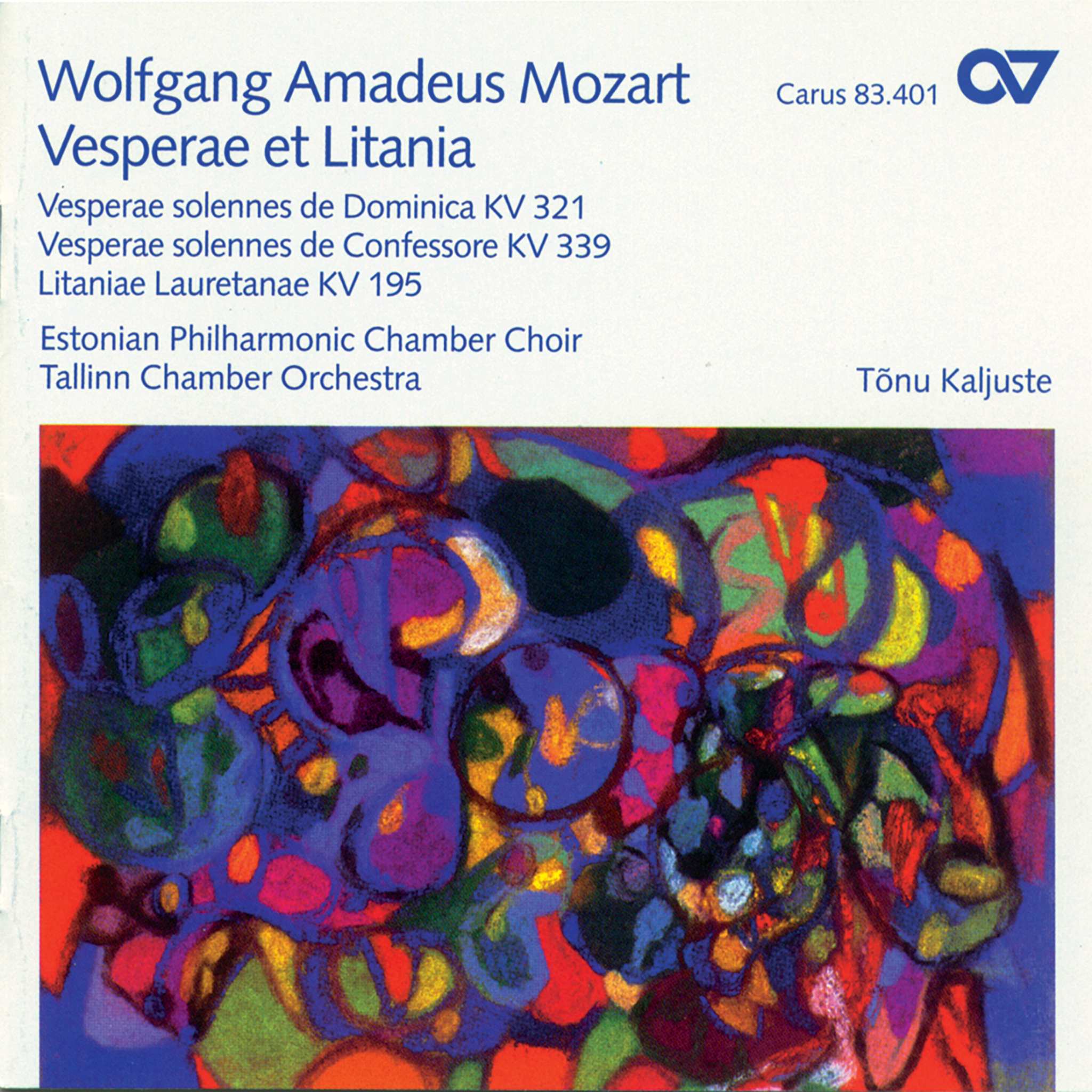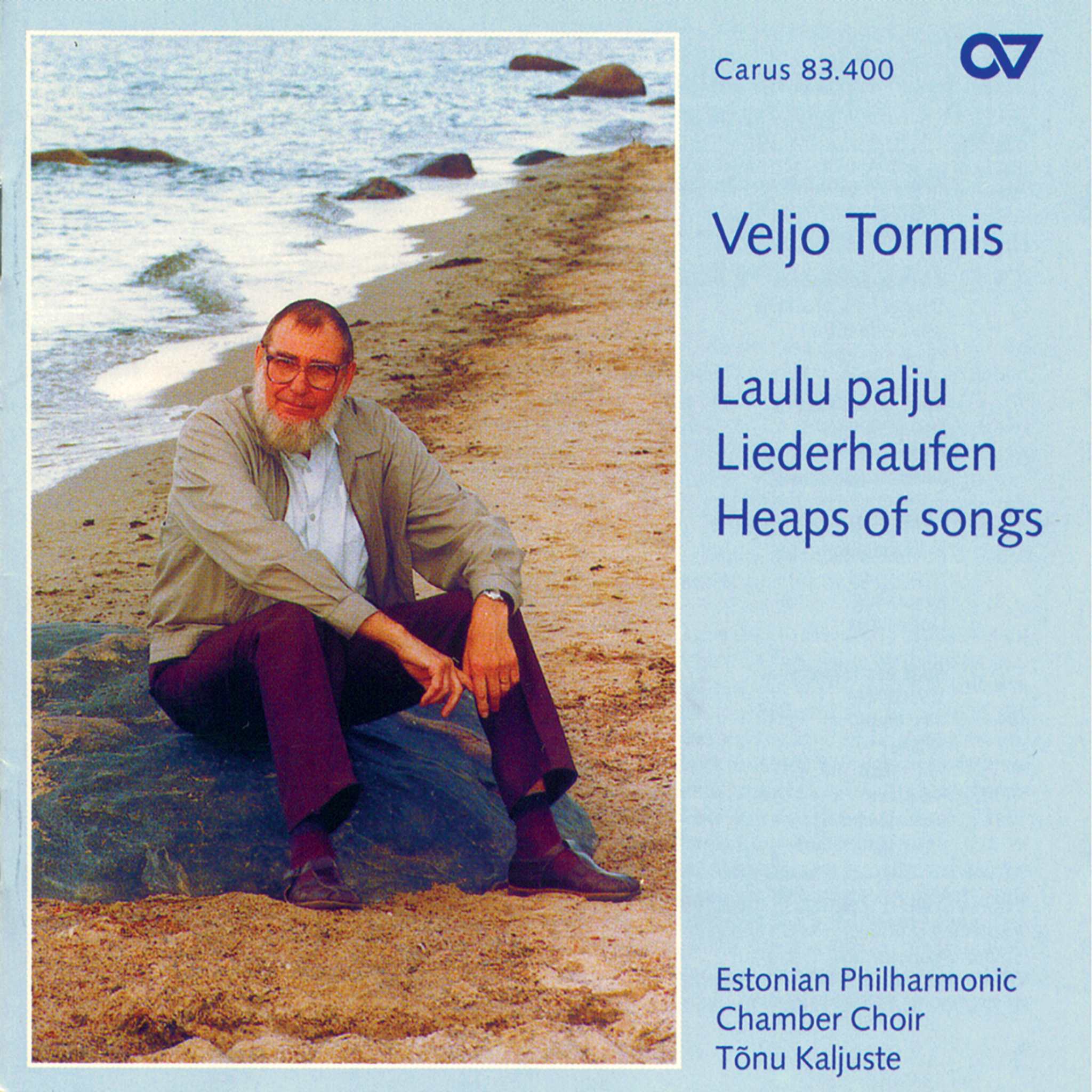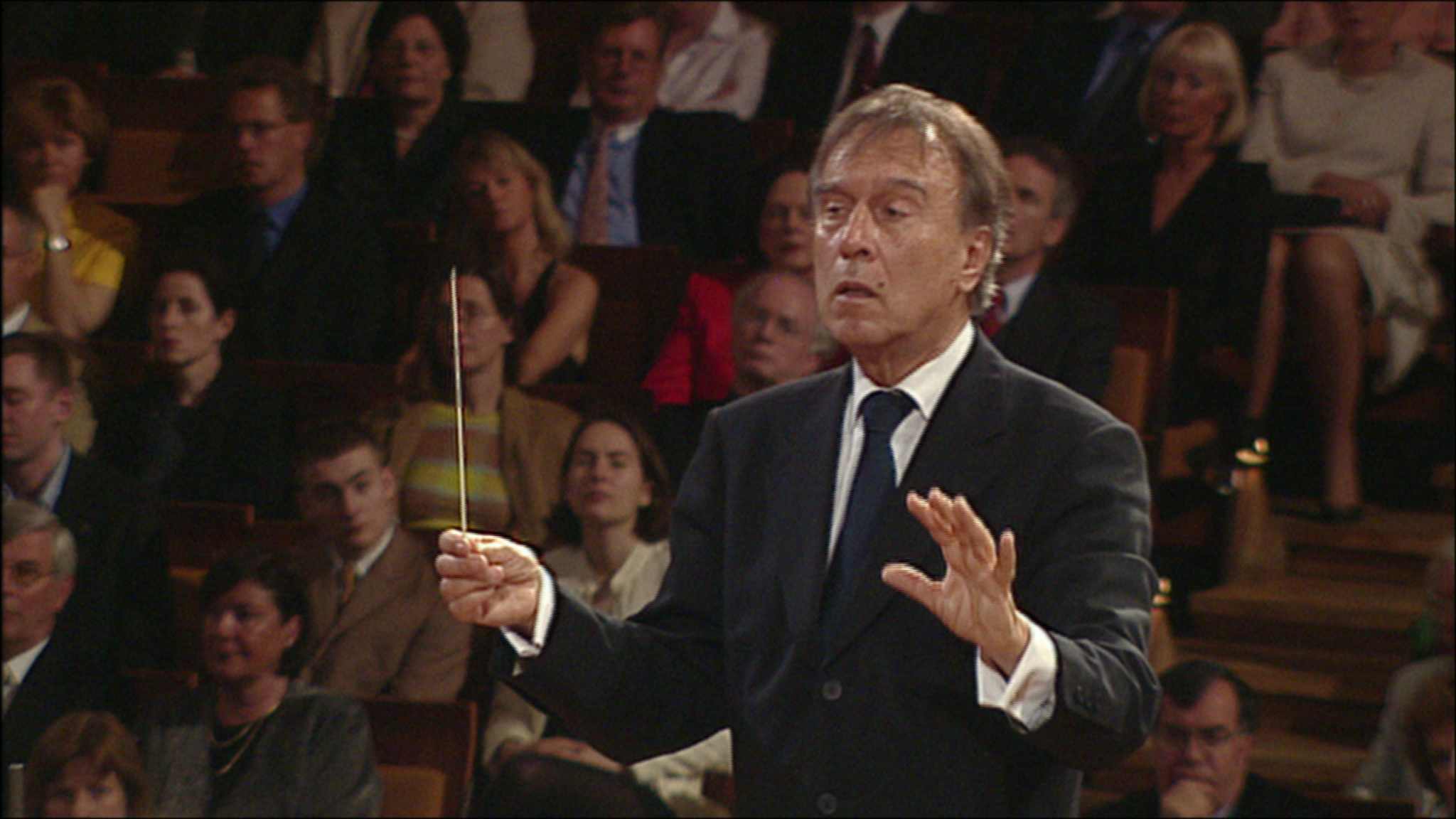Album insights
Maria, die im Christentum als Mutter Jesu besonders verehrt wird, findet auch im Koran als jungfräuliche Mutter Erwähnung. Für viele Gläubige stellt sie eine Verbindung zum Himmel dar, wobei sie niemals angebetet, sondern lediglich verehrt wird. Im Islam genießt Maria ebenfalls hohe Ehre und zählt bei Mystikern zu den bevorzugten Gestalten.
Die katholische Auffassung betrachtet Maria als immerwährende Jungfrau - vor, während und nach der Geburt Jesu. Zudem wurde sie nach dieser Lehre vor der Erbsünde bewahrt (unbefleckte Empfängnis) und mit Leib und Seele in den Himmel aufgenommen, was für Menschen ungewöhnlich ist, da normalerweise nur der Geist in den Himmel eingeht. Diese Mariendogmen gehören zur Mariologie, einem Teilbereich der katholischen Dogmatik, der von protestantischen Gläubigen nicht anerkannt wird.
Im Jahr 431 n.Chr. verlieh das Konzil von Ephesus Maria den Titel "Mutter Gottes", der auch im Glaubensbekenntnis von Chalcedon (451 n.Chr.) erscheint. Interessanterweise trug die ägyptische Göttin Isis denselben Titel. In der Bibel wird Maria jedoch nirgends als "Mutter Gottes" bezeichnet, sondern als Mutter Jesu, der als Sohn Gottes vom Heiligen Geist gezeugt wurde. Maria brachte den Menschen Jesus zur Welt, während seine göttlichen Eigenschaften von seinem Vater, Gott, stammten.









